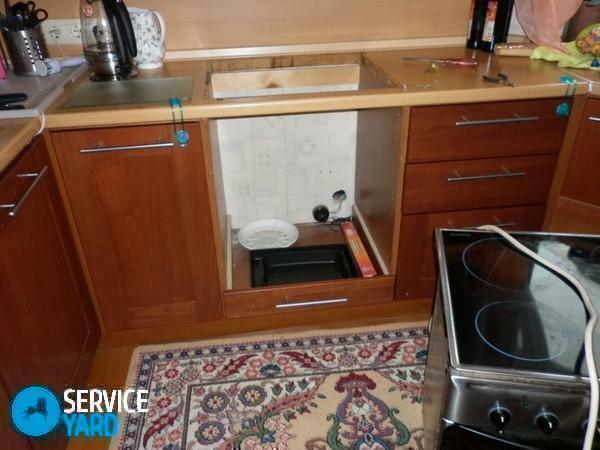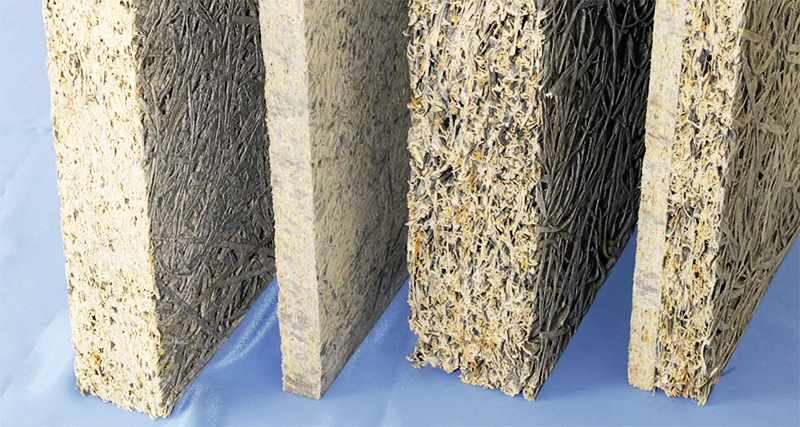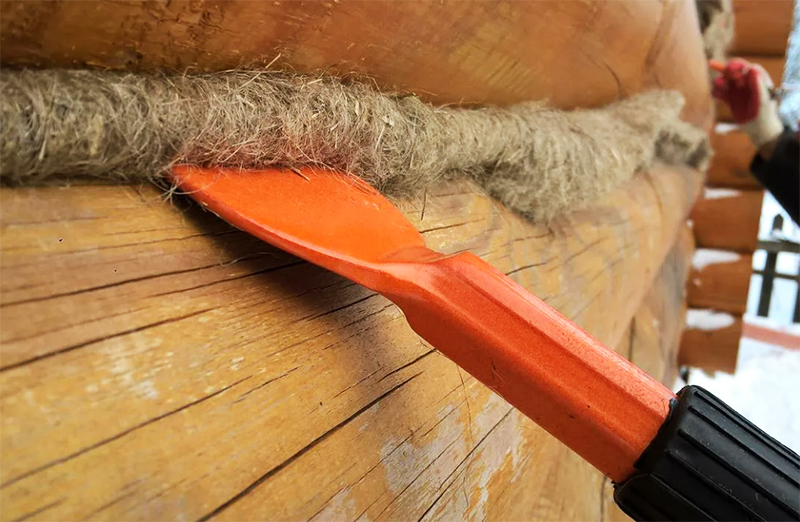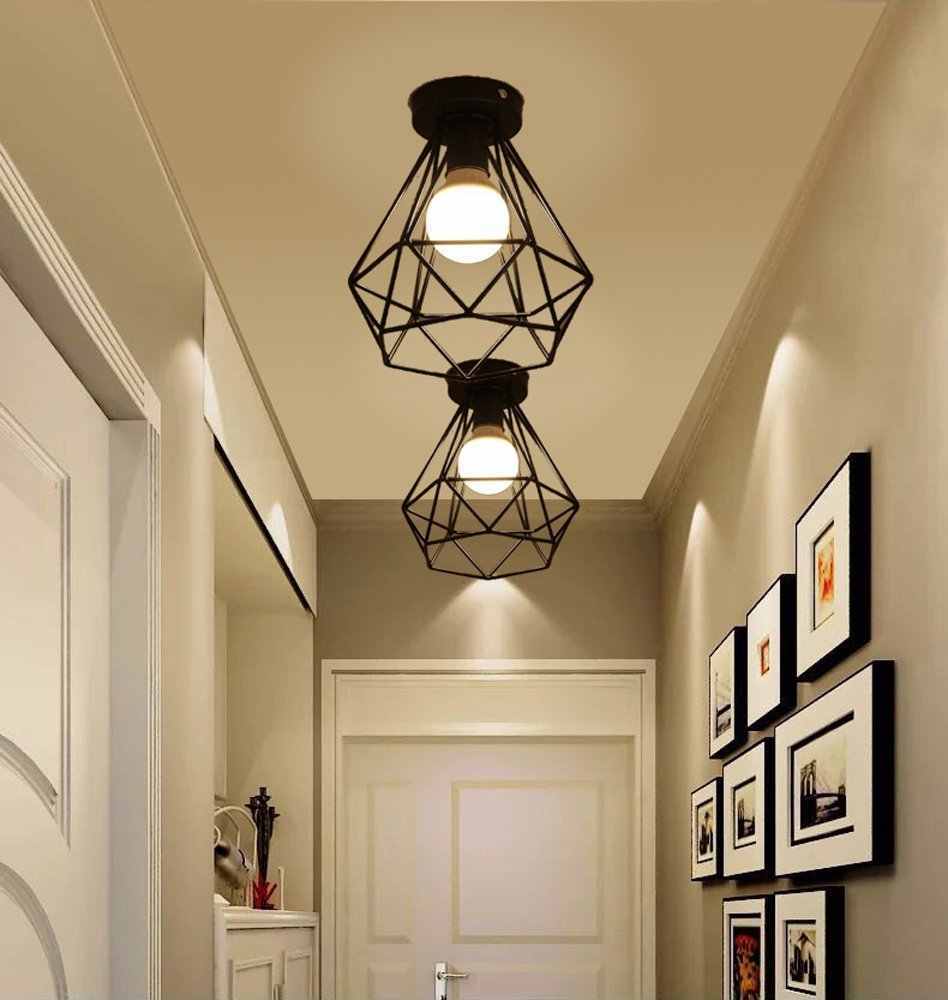
- Installation rules for the oven socket
- Use of the extension
- Connection options
- How to connect the line to the electrical board?
- How to choose an outlet?
Today, many install hobs instead of a full plate, and then install a separate oven. In some situations - this is a very rational approach to the arrangement of the kitchen. When designing a box under the oven, even furniture makers sometimes forget about one little thing, however, very important. And about where to install a rosette for the oven, you have to think just before it's used. Often use a conventional extension cord, but it can not always be used. Let's consider all more in detail.
to the contents ↑Installation rules for the oven socket
Before installing the outlet, the recommendations in the home appliance passport should be studied. The passport contains information on the overall indicators of electrical equipment and on the conditions for its connection to the power grid.
Prohibited installation site
In some areas, the installation of the outlet is strictly prohibited. They are represented by:
- Areas in which water can get into the water. Most often it is a sink or sewer.
Important! If the outlet is installed under the sink, it must be reliably protected from moisture.
- Locations located immediately behind the oven. It will be inconvenient to use it.
- Immediately next to the hob.
Optimal places for
placement It is necessary to take into account that the socket should be located below the table top. It is best to use a box for its placement.
Important! Be sure to take into account the availability of free space near the outlet, as access to it should be free. This nuance is very important for safety, since a properly installed socket can break or catch fire. In case of danger, the appliance must be quickly disconnected from the mains.
You can install the oven socket in the immediate vicinity of the exhaust hood or on the working wall of the kitchen set.
to the contents ↑Use of an extension
To connect the oven to a power outlet, an extension cord is used. Therefore, the distance between them is not very important. Of course, I do not want the extension cable to catch sight. For this, it can be hidden behind the kitchen furniture.
If the extension cord can not be used for some reason, it is thought out beforehand how to install the outlet to the oven. The distance between them in this case should not be more than one meter.
Important! To make the installation correct, it is better to contact the specialists. They will not only choose the most suitable place for placement, but also perform the installation in accordance with all safety rules.
to the contents ↑Connection options
To connect the oven, the following schemes are used:
- Single-phase. It is used if the room is equipped with only a single-phase network with a voltage of 220 V.
- Two-phase or three-phase. It is used to increase power and at the same time to increase efficiency.
The manufacturer can not predict in advance which circuit the consumer will use, so there is no standard electric plug on the hobs.
Important! The oven is not such a powerful appliance, therefore, for its normal operation, a household electrical outlet with a voltage of 220 V is intended. That is why the standard Euro-plug with grounding contacts in the structure comes with this equipment.
to the contents ↑How to connect the line to the electrical board?
When the oven is connected to the switchboard, it is recommended to allocate a separate line for it, which is protected by the circuit breaker:
- If the rated current of the device is 16A, a circuit breaker of 25A is installed.
- If - 32A, the switch must be taken at 40A.
Important! A protective earth connection is required. The oven's supply cable has one grounding conductor connected to the body of the appliance. It is removed in order to connect it to the corresponding contact on the electrical plug. The color of the insulation in this vein is yellow-green.
 Sometimes, the insulated wires can be of the same color or the marking is not the same as the one adopted.
Sometimes, the insulated wires can be of the same color or the marking is not the same as the one adopted.
Important! If the connection is made by yourself, be sure to verify the correct connection of all pins.
In order to detect a phase conductor, you can use an ordinary indicator screwdriver. But in order to not confuse the grounding and zero wire, you will have to use the tester.
To determine phase, ground and ground wires, the following algorithm can be used:
- Using a test screwdriver, the phase wire should be determined at the place where the electrical outlet will be installed. It is necessary to mark it with tape or sign it.
- The indicator screwdriver is also used to determine the zero wire on the switchboard.
- In order to detect a grounding conductor, you need to carefully inspect the metal case of the flap or a special shoe. Usually it connects to them.
- The phase and zero wires are then disconnected from the input automat. Then they need to be interconnected.
- On the instrument side, it is necessary to check the resistance with a tester, which is formed between the phase wire and the two remaining ones. When the resistance value is minimal, this indicates the detection of the zero wire.
- After identifying and signing all the wires, you can install an outlet and connect the cable to the circuit-breaker.
How to choose an outlet?
Before deciding which outlet to choose for the hob, you should carefully study the characteristics of the equipment. The connection of both hobs and ovens can be single- and three-phase. The power of such devices varies from 2.5 to 10 kW.
Important! In a set with cooking surfaces do not go forks and, often, cables, so they can be directly connected to the shield. But although the plug is not used, it is necessary to put an RCD and an automatic switch.
Which outlet should I choose?
- For single-phase connection of a device up to 3.5 kW, a standard 16 A socket is used. Most often, the ovens are sold already with a regular wire and a sixteen-ampere plug, so you only need to purchase an outlet. And in the case of the hob, you will need to purchase all the components.
- More powerful models, 3.6-7 kW, require connection to a power outlet for 32 A. In some cases, you will also need to purchase a special plug for 32A.
- The voltage for a three-phase connection is 380 V. In the event that the appliance is not more powerful than 3.5 kW, it is enough to have a 20-amp outlet. A powerful hob will require 32A.
Important! This technique is usually equipped with plugs and sockets with a grounding contact, so they have more holes and pins. Single-phase ones are represented by three: two feeders and earth, three-phase - five: three feeders, earth and neutral. This can not be ignored, since the lack of grounding is life-threatening.
As you can see, it's not so easy to choose a rosette for the oven. Most often, this matter is still trusted by professional electricians. However, we are sure that this article was useful in order to check the work performed.



